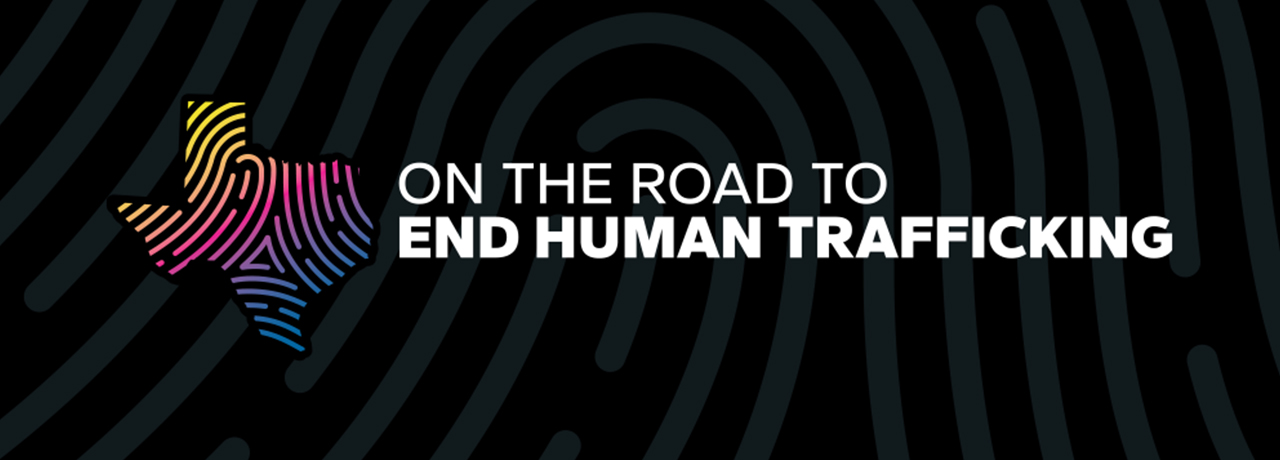
The Texas Department of Transportation is On the Road to End Human Traffickingby educating employees and the traveling public to recognize and report possible instances of human trafficking.
Human trafficking
According to the Trafficking Victims Protection Act of 2000, human trafficking is defined as:
- sex trafficking in which a commercial sex act is induced by force, fraud, or coercion, or in which the person induced to perform such act has not attained 18 years of age; or
- the recruitment, harboring, transportation, provision, or obtaining of a person for labor or services through the use of force, fraud, or coercion for the purpose of subjection to involuntary servitude, peonage, debt bondage, or slavery.
There is no single profile for trafficking victims. They can be anyone regardless of race, color, national origin, religion, age, gender, sexual orientation, socioeconomic status, or education level. Human trafficking happens to adults and minors.
According to the National Human Trafficking Hotline, Texas ranks #2 in the U.S. for the number of human trafficking cases.
Myths vs. facts
Fact: This is one of the most pervasive myths about human trafficking. Most traffickers use psychological means such as, tricking, defrauding, manipulating or threatening victims into providing commercial sex or exploitative labor.
Fact: There are two major type of human trafficking – sex trafficking and labor trafficking. Experts believe there are more situations of labor trafficking than of sex trafficking, but there is much wider awareness of sex trafficking than labor trafficking in the U.S.
Fact: Human trafficking is often confused with human smuggling, which involves illegal border crossings. Human trafficking can occur domestically within a country’s borders.
Fact: The crime of human trafficking does not require any movement whatsoever. While transportation may play a role in trafficking situations, individuals can be trafficked in their own hometowns, some even within their own homes.
Fact: This is not always the case. Individuals have been trafficked by spouses, partners, romantic parents, employers, friends, family members, and even parents.
Fact: Anyone can a be victim of human trafficking.
Fact: Whether someone initially agreed to be involved in commercial sex or a job, if force, fraud, or coercion (or if the victim is a minor in a sex trafficking situation) is later involved, their initial agreement and any payment don't change the nature of the crime.
Fact: While this can be true at times, in many instances, individuals in trafficking situations remain for reasons that are more complicated. Certain individuals lack fundamental resources to physically leave, like transportation or a secure living space. Others fear for their safety, while some have been manipulated to a point where they don't even recognize themselves as being under another person's control.
Reporting
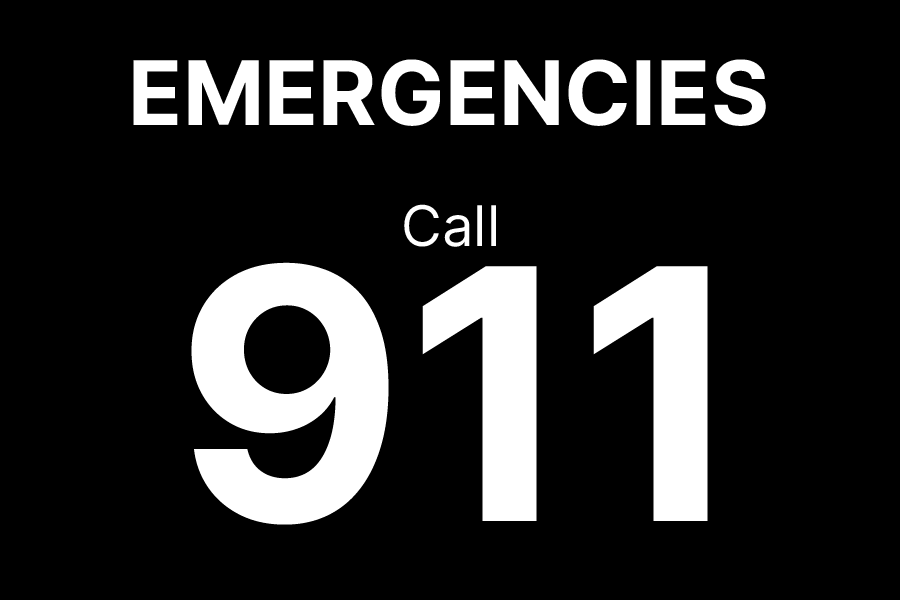

Types of human trafficking
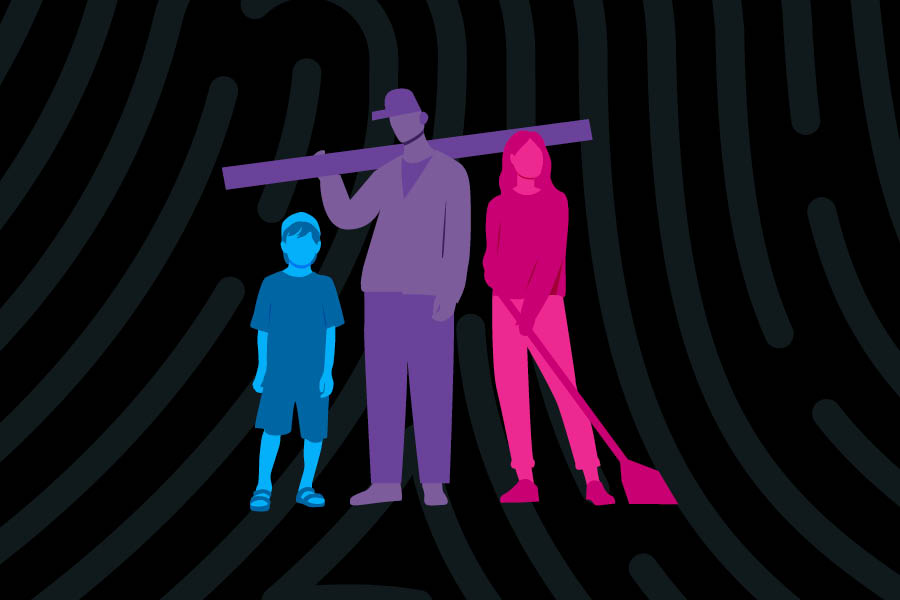
Labor trafficking
Labor trafficking involves the use of force, fraud, or coercion to compel a person to provide labor or services.
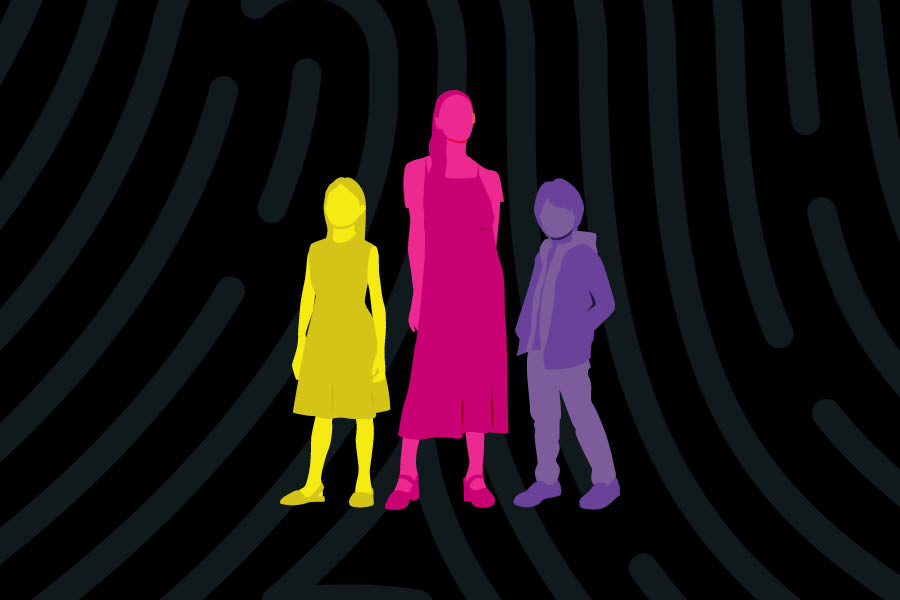
Sex trafficking
Sex trafficking involves the use of force, fraud, or coercion to compel a person to engage in a commercial sex act.
Signs of human trafficking
Labor trafficking signs
- Person is forced to work excessively long hours.
- Person is forced to work in dangerous conditions beyond their physical abilities without proper safety gear, training, adequate breaks, or other protections.
- Person has their wages withheld or is being paid less than what was promised.
- Person is forced to live in unsanitary, crowded, or inhumane living conditions.
- Person is threatened or physically abused if they refuse to work or try to leave.
- Person is unable to freely communicate with others, and someone else speaks on their behalf.
Sex trafficking signs
- The elements of force, fraud, or coercion are NOT required when the victim is a minor (under 18).
- Person is forced to engage in commercial sex acts, such as prostitution, stripping, or pornography.
- Person seems to be under the control of someone else who monitors their movements and spending.
- Person is living in or frequenting locations that are known for commercial sex activities.
- Person is unable to freely communicate with others, and someone else speaks on their behalf.
- Person has unexplained bruises, scars, injuries, or other signs of physical abuse.
Trafficking or smuggling
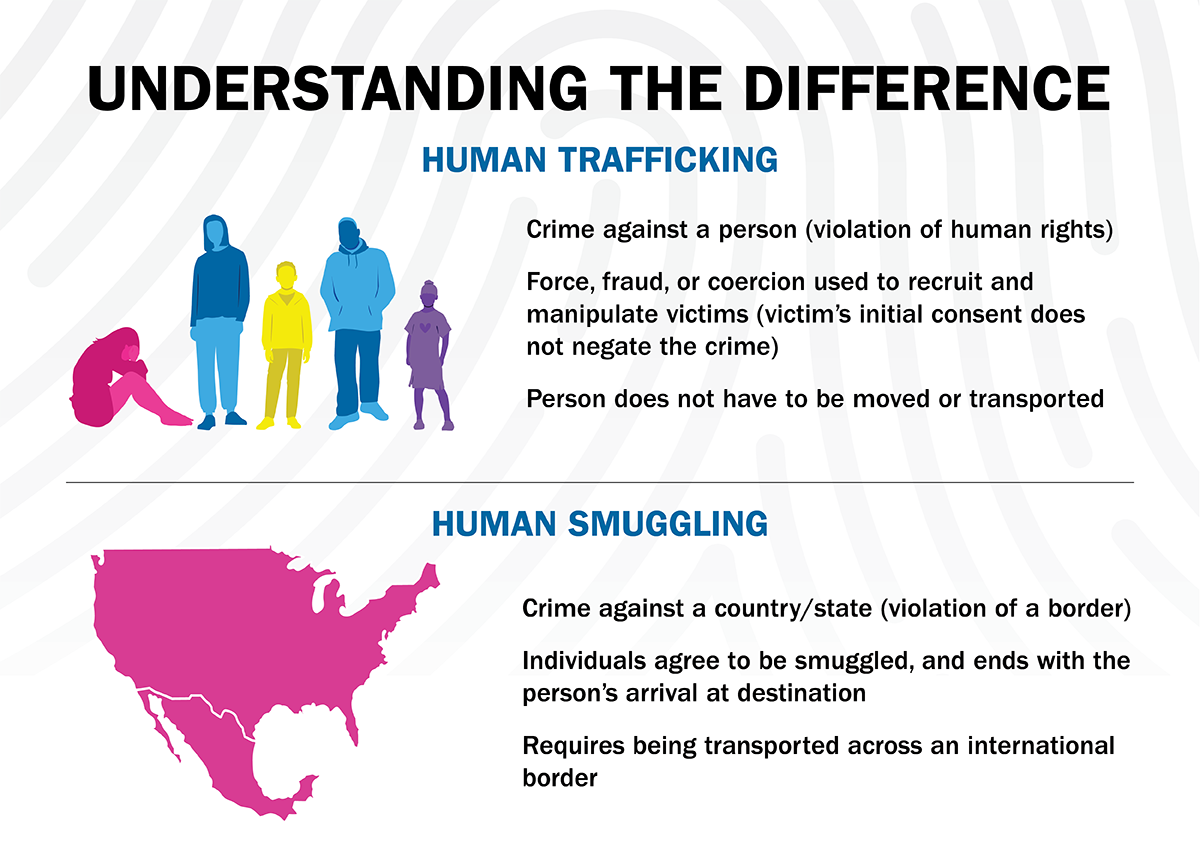
Human trafficking is fundamentally about exploitation, often involving the use of force, fraud, or coercion to exploit people for forced labor or commercial sex. Victims can be trafficked domestically or across borders. Human smuggling is the illegal transportation of individuals across a border and is usually consensual. However, smuggling can evolve into trafficking if smugglers use force, fraud, or coercion, shifting it from transportation to exploitation.
Trafficking centers on exploitation, while smuggling is about transportation, but the distinction can become blurred when elements of force, fraud, or coercion come into play, turning smuggling into trafficking.
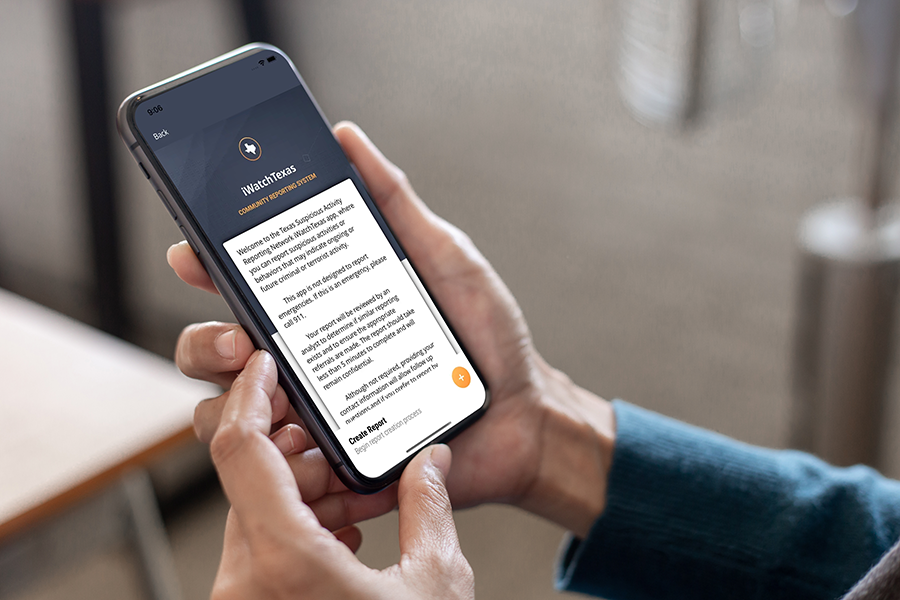
Reporting information
Do you know what to do if you suspect trafficking is taking place?
Make a reportAwareness resources
TxDOT's 'On the Road to End Human Trafficking' awareness resources are available for use to help spread awareness of the types of human trafficking, warning signs to be aware of, and ways to report any suspicious activity.